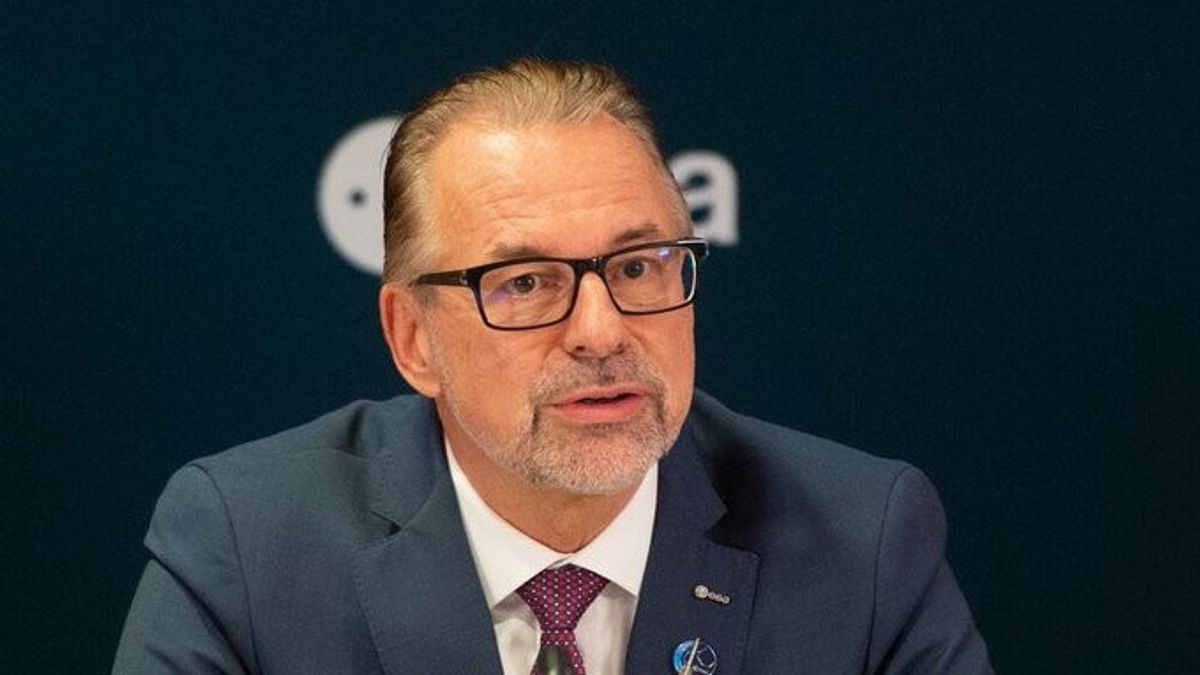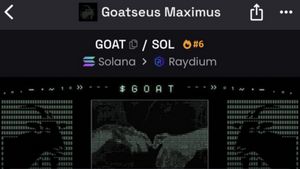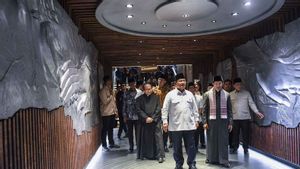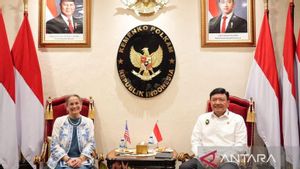JAKARTA The European Space Agency (ESA) is in talks with SpaceX on the possibility of joining the space company led by Elon Musk in an international charter designed to reduce the increasing amount of space debris. This was said by the Director-General of ESA, Josef Aschbacher.
The ESA, which consists of 22 countries, is leading several efforts to reduce the amount of space debris surrounding Earth due to previous missions that threaten active satellites. Aschbacher stated that as many as 110 countries or entities had joined the Zero Debris ESA charter, which aims to stop creating new orbital waste by 2030.
When asked if SpaceX, which currently operates about two-thirds of active satellites in low-Earth orbit, has signed up. "Not yet, but we are in discussions with them... This is a growing charter and... we will continue to raise this topic because it is very fundamental," Aschbacher said.
SpaceX did not immediately respond to a request for comment. Of the approximately 10,300 satellites active in orbit, about 6,300 of them are part of SpaceX's fast-growing Starlink constellation.
Currently, there are 18,897 traceable pieces of space debris, according to Jonathan McDowell, an astronomer from Harvard who oversees these objects. Space debris is often thought to include inactive loads and rocket bodies, as well as debris or fragments from damaged satellites.
While there is no international law governing space debris, countries and space agencies have started drafting national proposals and rules to deal with this issue. "We are not a regulatory body; we are the space technical body," said Aschbacher.
SpaceX is subject to the orbital waste requirements of the US Federal Communications Commission. Starlink satellites are required to be deorbited or burned in Earth's atmosphere within five years of its operational period ending.
"I think it's very important for the industry to publicly commit to this kind of initiative, so I'm happy to know that SpaceX is considering it," McDowell said.
SEE ALSO:
In 2023, SpaceX criticized reports by the Federal Aviation Administration warning of risks for people from debris falling from the constellation as "very flawed".
Although the commercial constellation dominates the spotlight, much of the ever-increasing space junk is thought to have been caused by collisions or reports of anti-satellite missile tests. A Chinese rocket body last August broke out in a collision that appeared to be a piece of space debris, creating one of the largest debris fields in the latest history.
According to NASA, two previous incidents increased the amount of space debris by about 70%. The incident was the destruction of China's Fengyun-1C satellite in 2007 and an accidental collision between US and Russian satellites in 2009.
In 2021, Russia's anti-satellite missile tests added to at least 1,500 pieces of debris, some of which have been destroyed since then. The Biden administration has promoted a moratorium on such trials, with several countries signing but excluding Russia or China.
The English, Chinese, Japanese, Arabic, and French versions are automatically generated by the AI. So there may still be inaccuracies in translating, please always see Indonesian as our main language. (system supported by DigitalSiber.id)


















